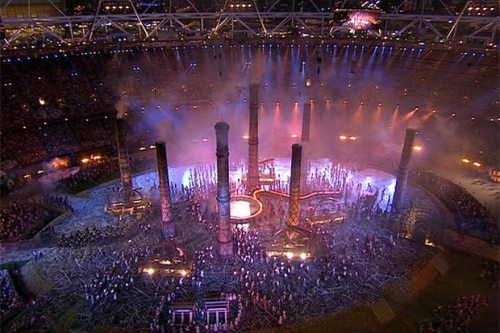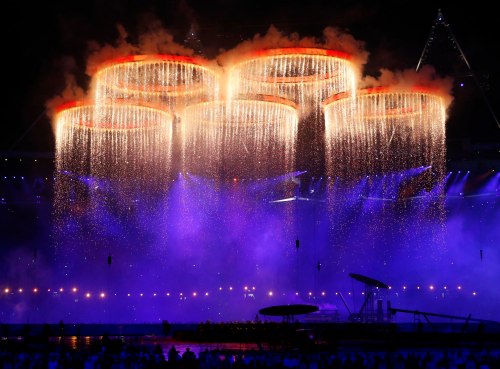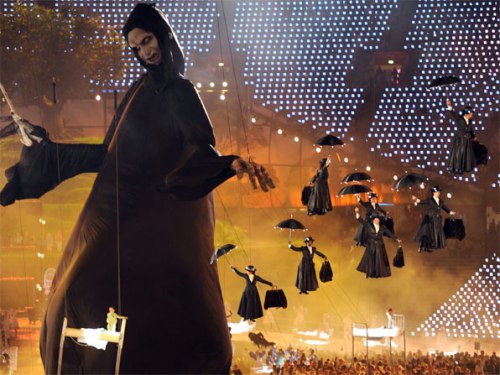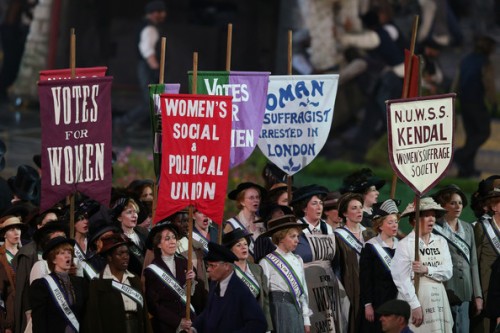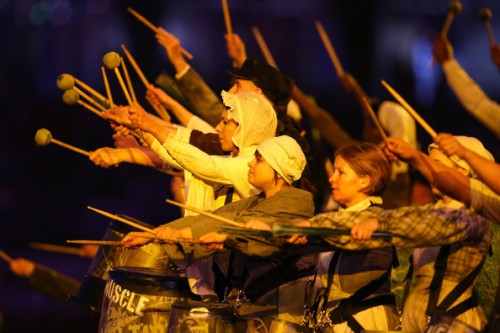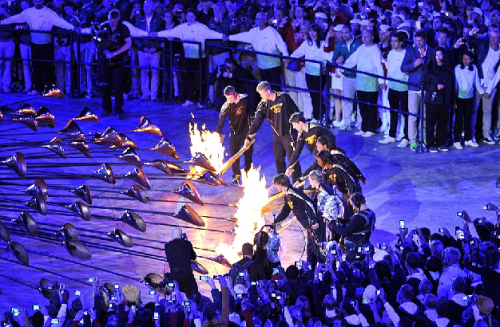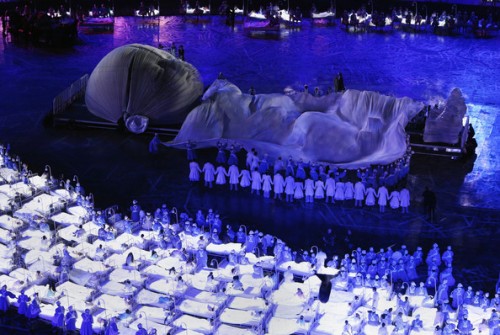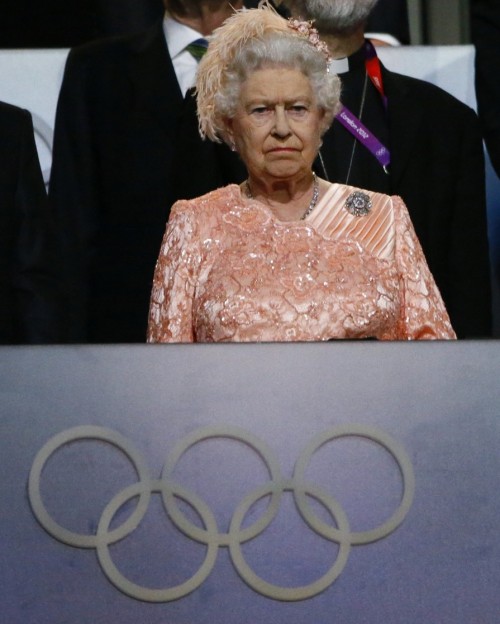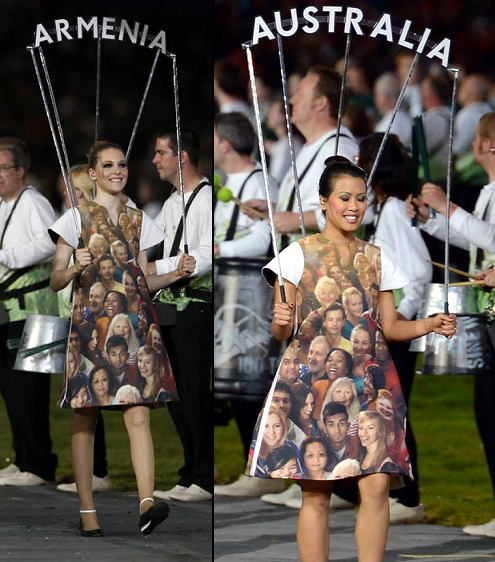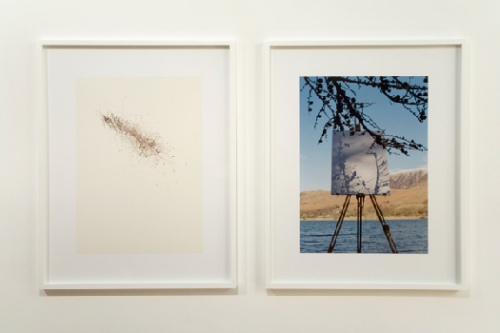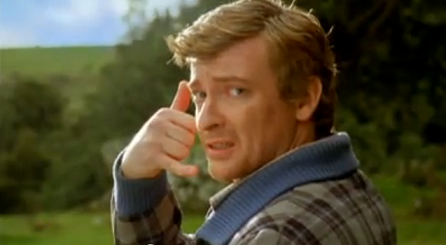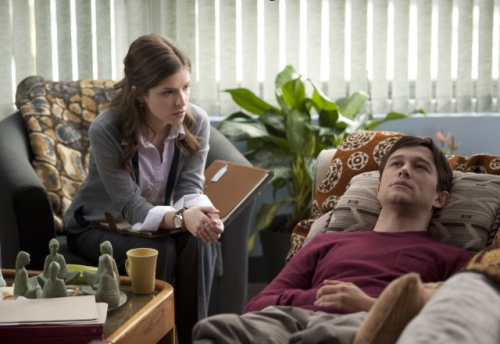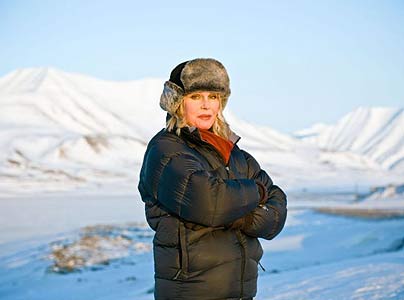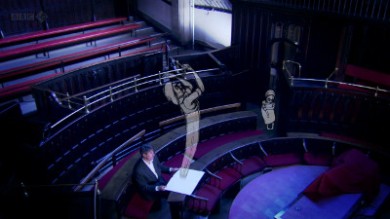The sports I enjoy watching in the Olympics are the unusual ones, the ones you don’t get to see everyday. And it doesn’t come any more unusual than synchronised swimming.
Lots of people tend to make fun of synchronised swimming. Possibly because of all they know of the sport is pictures like this:

Some say it’s not a real sport and even laugh at the athletes who compete in it. Those people either haven’t ever seen the sport performed, or they’re just mean-spirited haters. Today I got to watch it for the first time and I can tell you: it was a treat.
The main thing I learned about synchronised swimming is obvious when you think about it: it’s crazy hard. I say “obvious when you think about it” because it doesn’t occur to you right away, the athletes make it look so easy!
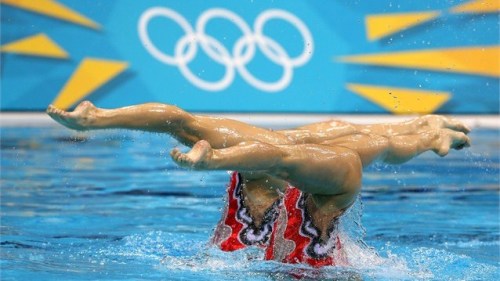
Consider the strength needed to lift your body that far out of the water, and the core strength needed to keep your legs upright and controlled. The athletes are not allowed to touch the floor at all, especially when one has to launch the other into a jump.
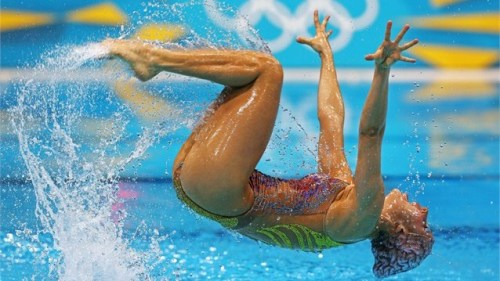
Each of the precise movements is exactly synchronised, but there is no time to carefully align them – each happens in rapid succession. This year the camera angles were really amazing, not just one above and one below water, but also a camera on the waterline across the pool (so it’s not affected by the splashes) can show the athlete’s entire body both above and below water.
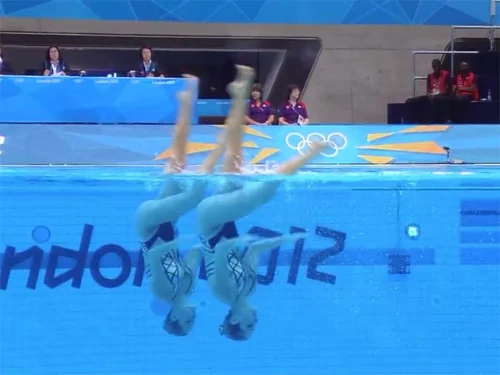
You can see the proverbial duck’s legs paddling below the water – all the hard work needed to give the show of apparent effortlessness above the water. Even then, their immense strength means that even below the water they are often almost synchronised. The crazy thing I keep thinking about is how they hold their breath for so long! And when they do get a breath it is as they complete a fast, complicated above-water sequence, while controlling their facial expressions. They do such intense exercise with very limited breath… I’m exhausted just watching!

The women really do look like they belong in the water. My favourite moves are those too fast for your mind to understand how they did it before they’ve moved on to the next. Long, shiny legs move gracefully and powerfully, a sleek head and beautiful smile, then a splash and suddenly all has disappeared. At times, the athletes really look like water sprites!
I watched the “duets” (2 ladies) “free routines” which means that they can choose any music and any choreography and they’ve got 3.5minutes to show off as many skills as they can. This was pretty choice since it meant each routine was really different. My favourites were Italy, Spain, China, Russia and Canada.
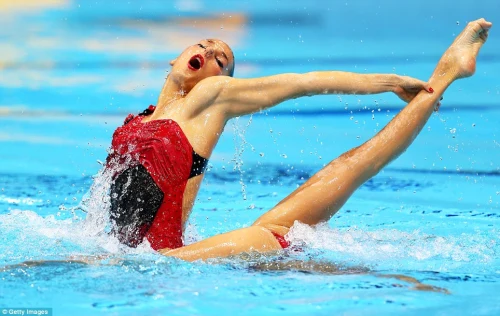
Spain had really intense, flamenco-inspired moves, with matching slick black hair and red-flowered uniforms.
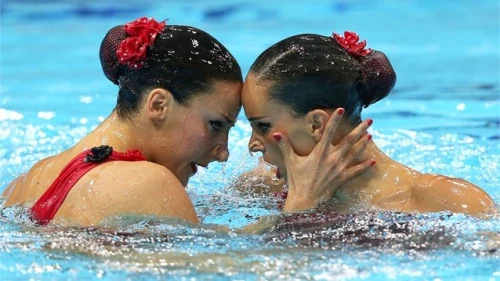
At the beginning of their routine each duo walks up (in freakish unison) onto a deck over the pool. Many choose to strike a stunning pose before a whistle is blown, their music starts and they have 10 seconds to enter the pool. This time on the deck is often used to set the tone and show the theme for the routine to follow. Here is the Spanish duet’s pose in the European Champs (I couldn’t find a pic of their Olympic one):

Sexy, non?
With the help of the commentator I could tell that the best routines were those that had “contrast” – fast intense bits and slow, subtle bits. I really liked the drama that was created when the moves matched the well-chosen music and how this often reflected the teams’ country of origin.

This theatricality was enhanced by the sparkly beautiful (and sometimes zany) costumes, complete with hairpieces (prickling with approximately ten million bobby pins to hold them in throughout the routine) and sometimes quite pronounced makeup. Each of these elements enhances the theme of the performance and while some may look really extreme, the commentators reminded us that it’s just like stage makeup – it’s for the benefit not only of the judges but those spectators way up in the stands.
It’s pretty shocking, then, to see the athletes without their getup.
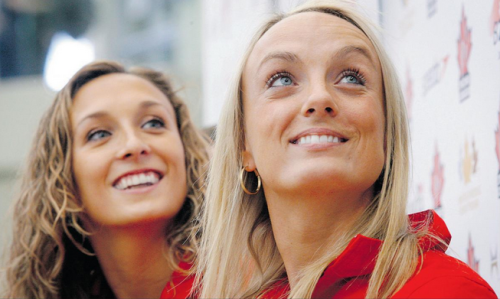
These lovely ladies are Canadian synchronised swimmers Elise Marcotte and Marie-Pier Boudreau-Gagnon. They did their pre-Games training in utter secrecy in Spain, before revealing their comedy-themed routine yesterday.

Their theme was the English tradition of the Court Jester, complete with jester-hat themed hair pieces. Their music was kooky and filled with crazy, echo-y (almost creepy) laughter and comedic sound effects perfectly timed to match the swimmers’ movements – like a crazy “boing” springing noise as a single leg sprang from the water. Lots of their leg movements were wild, flapping around like manic Punch n’ Judy puppets, except that they were both perfectly in time. I liked the inclusion of humourous moves and also kind of slight-of-hand (and leg) movements that kept it so entertaining. (Is that a leg? Where’d that arm come from? Whose hand is that?)

Again, the underwater view reminds you that they’re upside-down for half of their routine. The stamina required to complete the 3.5 minute routine is considerable.

They looked like they were really having fun and the whole thing was really clever. One of the final moves involved one of the swimmers hitting the other on the head with an invisible club – Punch ‘n Judy styles – so that she made a crazy facial expression and sank beneath the water. Love!

Another really memorable duet was the Russians Natalia Ishchenko and Romashina Svetlana. Their theme was dolls – made obvious from their opening pose and clockwork movements on deck à la ‘Chitty Chitty Bang Bang’. Their uniforms were quite distinctive, too, with two slightly-spooky dolls on the front and their hair in childlike pink buns and a big pink bow.

Their movements were fun and childlike with apparently effortless flips, but also precise and exact in their clockwork-ness.
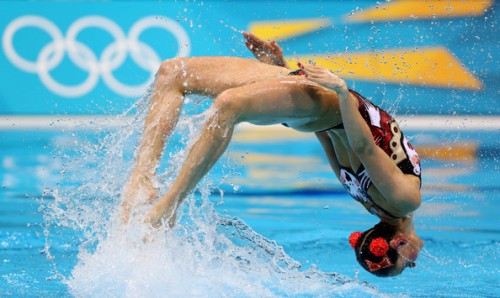
The obvious fun they brought to their routine was obvious and some of the moves were really cheeky. A lot of the teams used exaggerated facial expressions to match their music – not just the static, manic smiles we think of in synchronised swimming.

One team who’s theme was a little more “out there” was the duet from Brazil, Nayara Figueira and Lara Teixeira. Their theme was the Human Body and I really liked their soundtrack but their costumes were quite… different. They featured red and blue bedazzled, quite anatomically detailed, arteries, veins and a heart on the front, a sparkly gold skeleton torso and pelvis on the back, and a whole swimming cap embroidered like a brain. Yup. Different.

But they rocked it with their pearly whites. And their airtime.

One of the top teams in the competition, along with Russia, Spain and Canada were the Chinese duet of Xuechen Huang and Ou Liu. Like the Spanish, their theme was clear from the outset and was obviously inspired by their national culture.
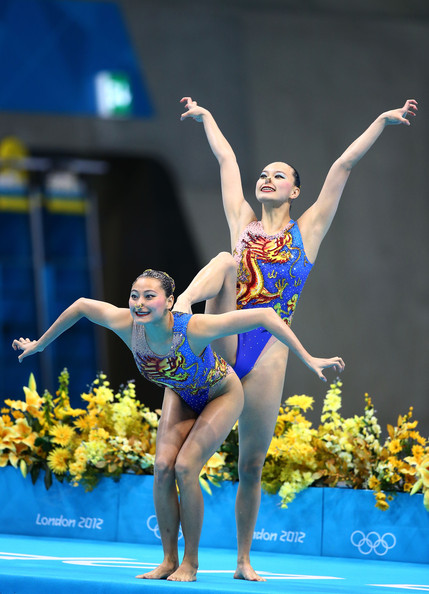
You’ve heard of spirit fingers? Well the Chinese duet have dragon fingers! I thought it was a really cool motif throughout their routine and it really set them apart and gave them their own flavour.

Uniform-wise I also really liked the duet from Kazakhstan’s and also the Australians’. I loved the music and choreography of the Spanish, Italian and Japanese duets. Definitely looking forward to the finals tomorrow! Medals are tipped to go to 1st Russia, 2nd and 3rd China and Spain. I’d really like it if Italy could somehow get up there, too.
Maggie Hendricks has also written a great post entitled Wolves and Torches and Broadway Songs: Why You Need To Watch Synchronised Swimming.

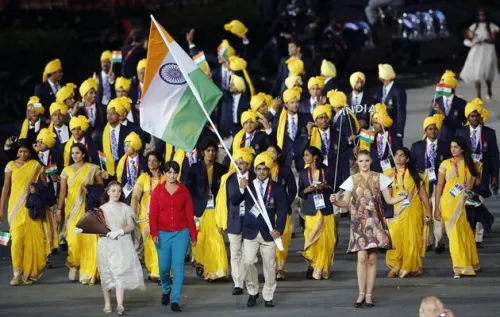
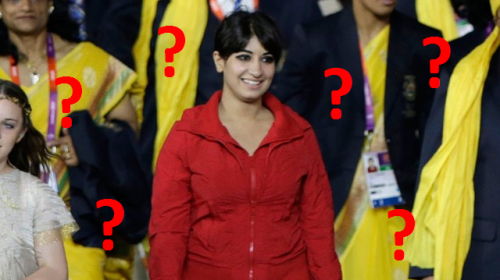


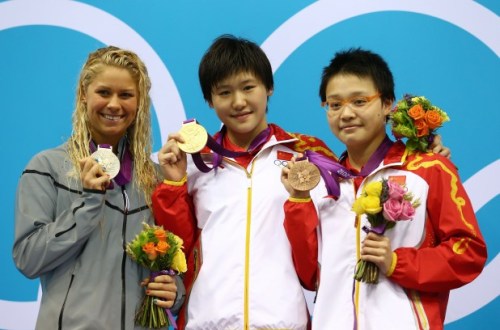


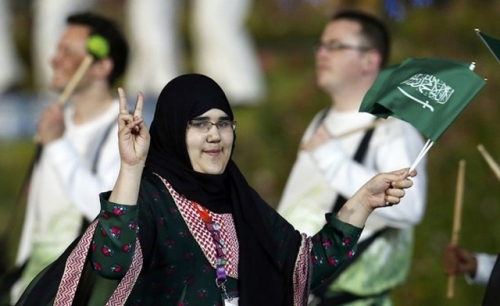
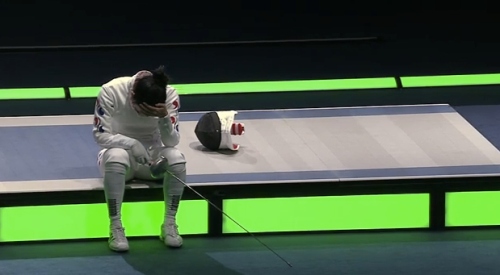
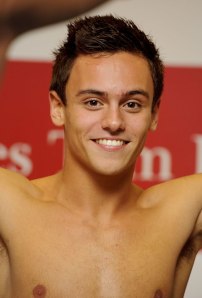

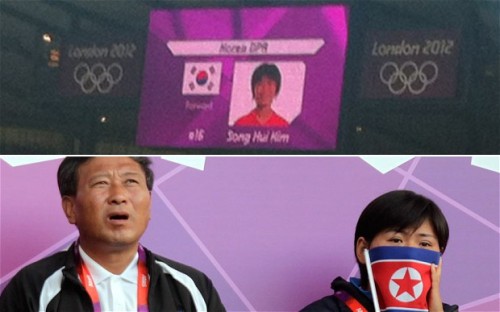
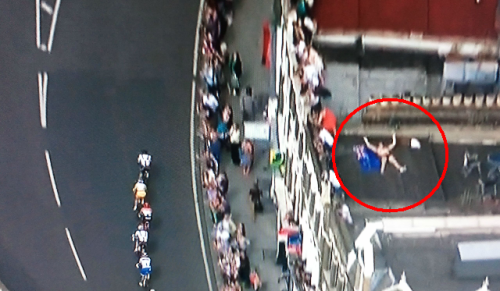
 Unlike four years ago for the Beijing Olympics, a couple of nights ago I got to watch the London Opening Ceremony. One of the highlights was the Parade of Nations and it was really fun watching representatives from each country enter the stadium for the first time.
Unlike four years ago for the Beijing Olympics, a couple of nights ago I got to watch the London Opening Ceremony. One of the highlights was the Parade of Nations and it was really fun watching representatives from each country enter the stadium for the first time.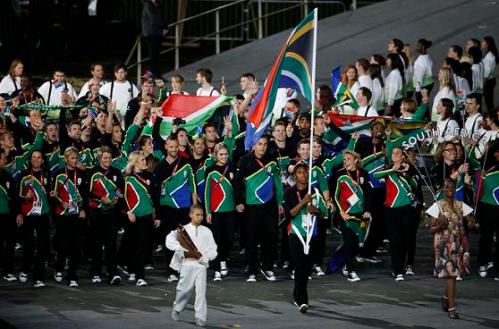





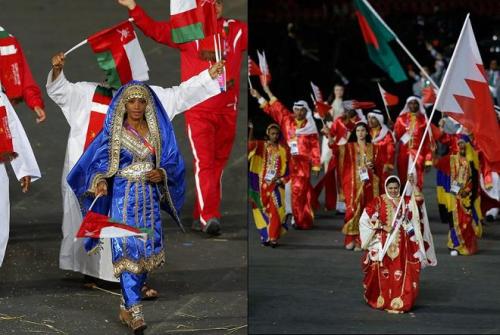
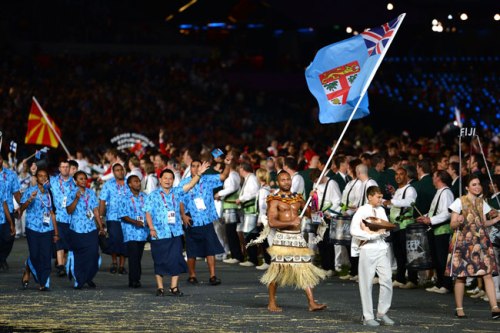

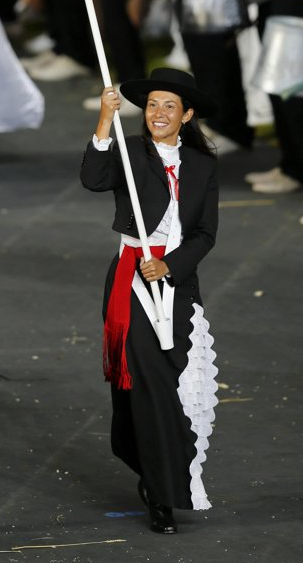
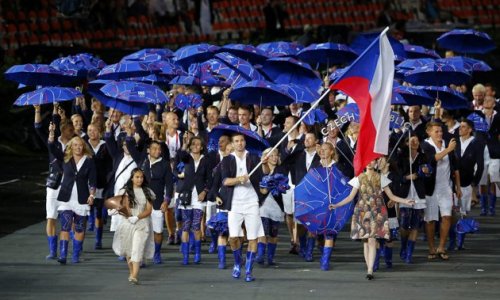
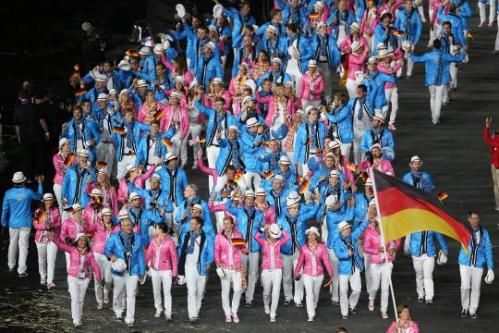

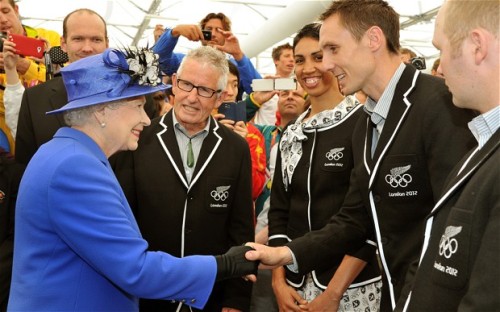 Maybe it’s a good thing our team didn’t wear them to the opening ceremony, though. They do look a bit like Air New Zealand cabin crew.
Maybe it’s a good thing our team didn’t wear them to the opening ceremony, though. They do look a bit like Air New Zealand cabin crew.

